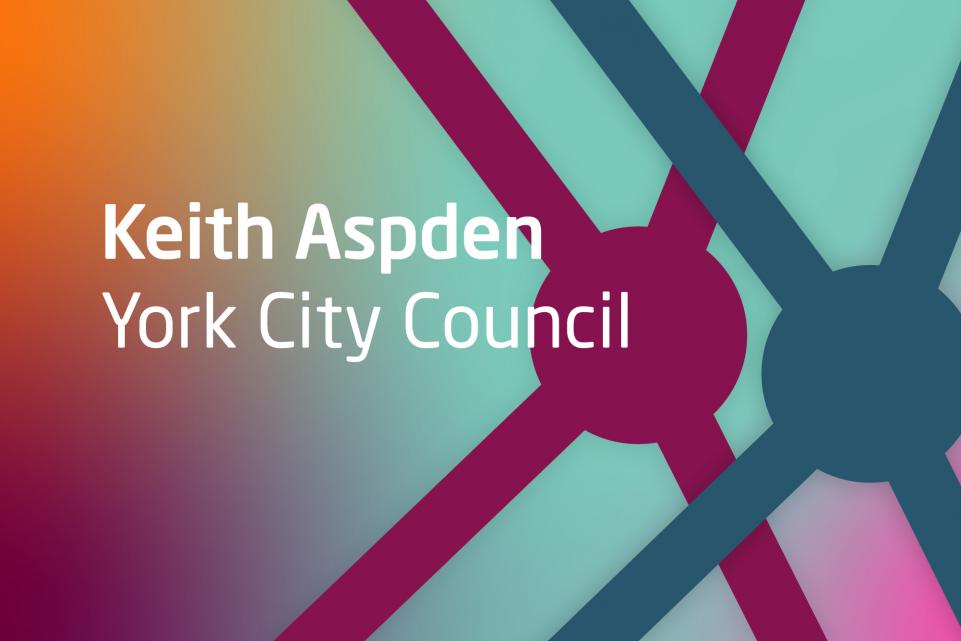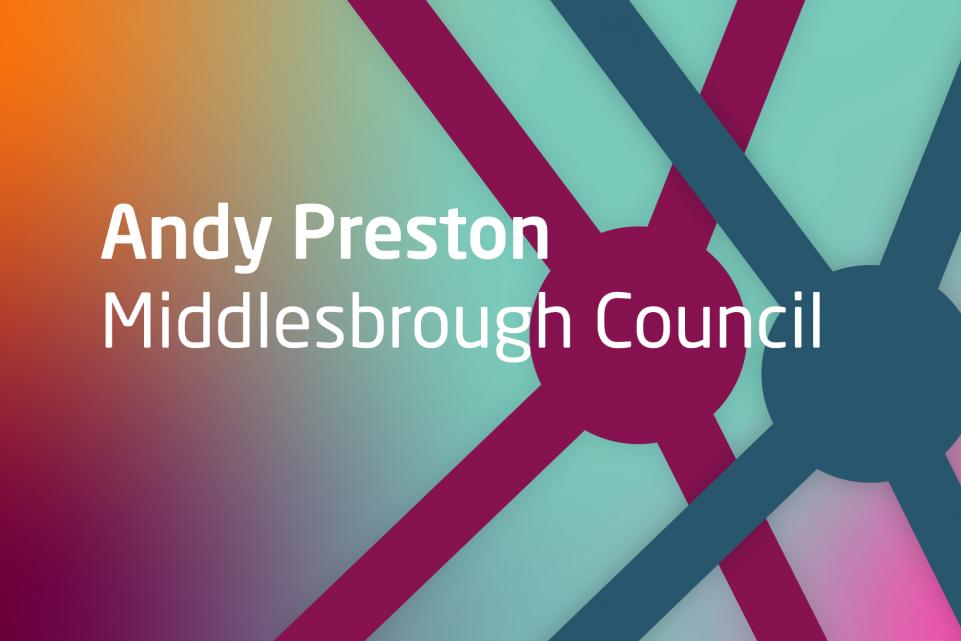Cllr Tim Swift, Leader, Calderdale Borough Council
Calderdale was moved from enhanced support to being an area of intervention.
How was your relationship with Central Government during this transition, what was your learning from that and how would advise other council leaders going through this process?
In August initial additional restrictions were applied to Calderdale. There was not a direct relationship at a political level with central government. There was a process of regional meetings, recommendations for national gold meetings that needed to be followed. These recommendations were not necessarily realistic, and changes were often heard about by the council at the same time as the public - sometimes through twitter. This did not allow time to prepare for communications on the guidelines and restrictions which did nothing to manage the community tensions caused by bringing in the restrictions just before Eid. This experience broadly reflects Calderdale’s experience throughout the pandemic.
When Calderdale entered the tiered system, there were meetings with The Rt Hon Robert Jenrick MP but not with The Rt Hon Matt Hancock MP. However, officer contacts with the civil service has helped. Tom Riordan, the Chief Executive in Leeds has been critical due to his connections. There have also been good and useful relationships on a regional level with Regional Convenors. It is essential to build relationships with ministers and identify where the relationships are.
A key thing to note when going into meetings with ministers and government contacts is to censure a strong grip on data and public health information. Discussions before going to Tier three with directors of public health and their team were essential. They had a strong grip on the situation and were willing to challenge national data. It meant that debate could be meaningful and there was someone present at challenging meetings who understands the data and can make strong arguments.
It is worth noting that Calderale has had representation at a meeting involving mayors of combined authorities, as West Yorkshire has agreed to a deal to establish their own combined authority and mayor. The chair of the combined authority is going to Mayoral meetings and is being sighted on things that the council is not being sighted on through other methods, despite the fact that mayors do not have responsibility for public health.
What was your learning internally with relationships within your council during this transition, and what advice would you give to leaders on those?
Calderdale does not have an overall majority which means it is important to make sure to brief the right people and achieve a line to then take to discussions with Government. In officer terms the connection between the leader and director of public health has been critical. This has been difficult as before Calderdale entered lockdown, the cabinet member for public health had to stand down. This became an issue but also and opportunity with the leader taking the lead on public health to have that oversight of the response to the pandemic. The exact situation is likely not the same in other councils, but it is very important to take ownership of this situation as the leader.
One of the requirements of a local outbreak plan that is particularly key is that need for democratic oversight. What did your council put in place to ensure that?
There are both formal structures and ‘internal wiring’ within Calderdale. Formally, the outbreak board is linked with the recovery board. The leader and deputy leader sit on this board and it takes an executive focus. There is not cross-party membership as the purpose is more to bring in voices that are not elsewhere. This is a closed meeting, but it does publish decisions made. There are also other structures that are equally important which does include cross party membership.
One of strengths of the meetings set up before and during the pandemic has been the good partnership relationships. There are two meetings with partners with wider and narrower attendees. One is chaired by the leader and includes partners such as the police and local hospital representatives. Sometimes meeting just involve health leaders. These meetings have been in place for four years and in some sense is the most important group despite it having no formal role. It allows issues and concerns to be picked up on and discussions to be open but focussed.
As a councillor you have a very active public facing role in your local community in a uniquely challenging time. What would you highlight from your experiences with community engagement while going through the process of becoming an area of intervention?
When Calderdale first entered lockdown, there was a lot of time spent on communications either indirectly or directly. This became more difficult as time went on and the council became busier. A number of officers and councillors where then also engaged in the regular communications and updating members when something significant happened became routine. Personalised community engagement by the right people was important. Councillors talking to communities who matched their own profiles was important in compliance as there was time taken to explain regulations in a way that resonated. The director of public health was used to communicate a lot of the data messaging so that there was an authoritative voice – this helped get the message across succinctly.
The important thing was that no matter what type of communications were being used is that there were consistent messages.
On reflection, what are the top three lessons you have taken from your experience in responding to the local outbreak in your area. Is there anything you would have done differently from what you know now, and why?
- Clarity of communication is essential. The biggest problem with local restrictions, and involving MPs in the process, is that the whole conversation was what the restrictions will be rather than why you are enforcing those restrictions. It is important to do more communications like ‘this is why you need to wash your hands.’ There is no need to be bogged down in the arguments over the what.
- Linked with that – lines need to be stuck to strongly. There were disputes over the borders of where the restrictions should be and which wards it should involve. Doing it by ward, rather than the whole borough was an issue for communications and compliance which caused issues. Letting certain wards avoid the restrictions was an error and it should have been done as a whole borough.
- When going into negotiations ensure clarity on clear messages, understand data, bring a clear narrative – be clear on what is working and what is not. Make sure you know what is going on in partner organisations such as in hospitals and in primary care. There is a need to all take the same line when dealing with Government so collaboration between the partnerships is essential.
We are developing a sector led improvement programme for councils, bringing local experience as well as making the links between local, regional and national engagement more effective. This is a complex area and we have limited resources. What do you feel the LGA should focus this programme on?
Guidance and shared learning on how to use leverage as council leader at regional and national levels. Also, the roles of the local, regional and national within that.


